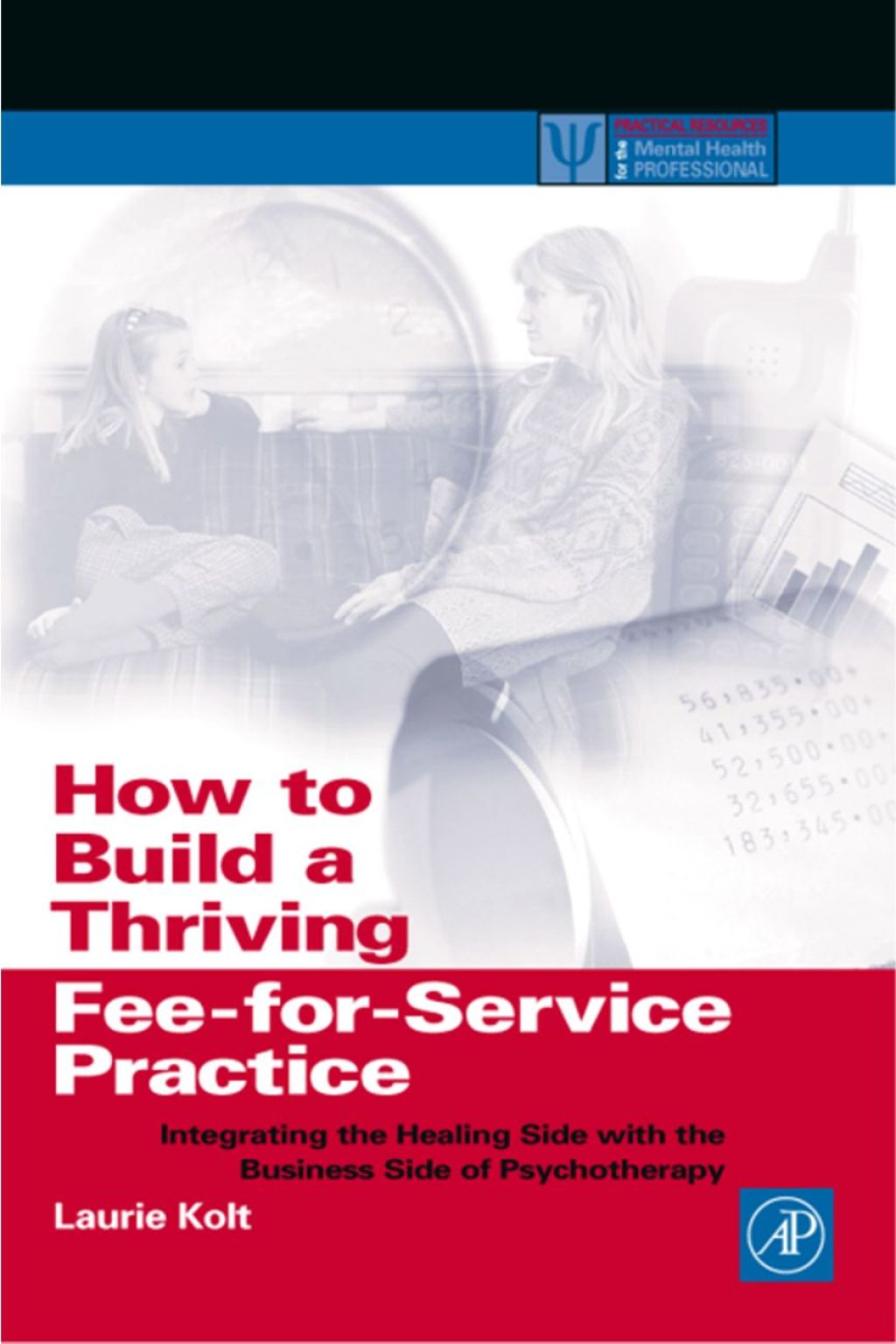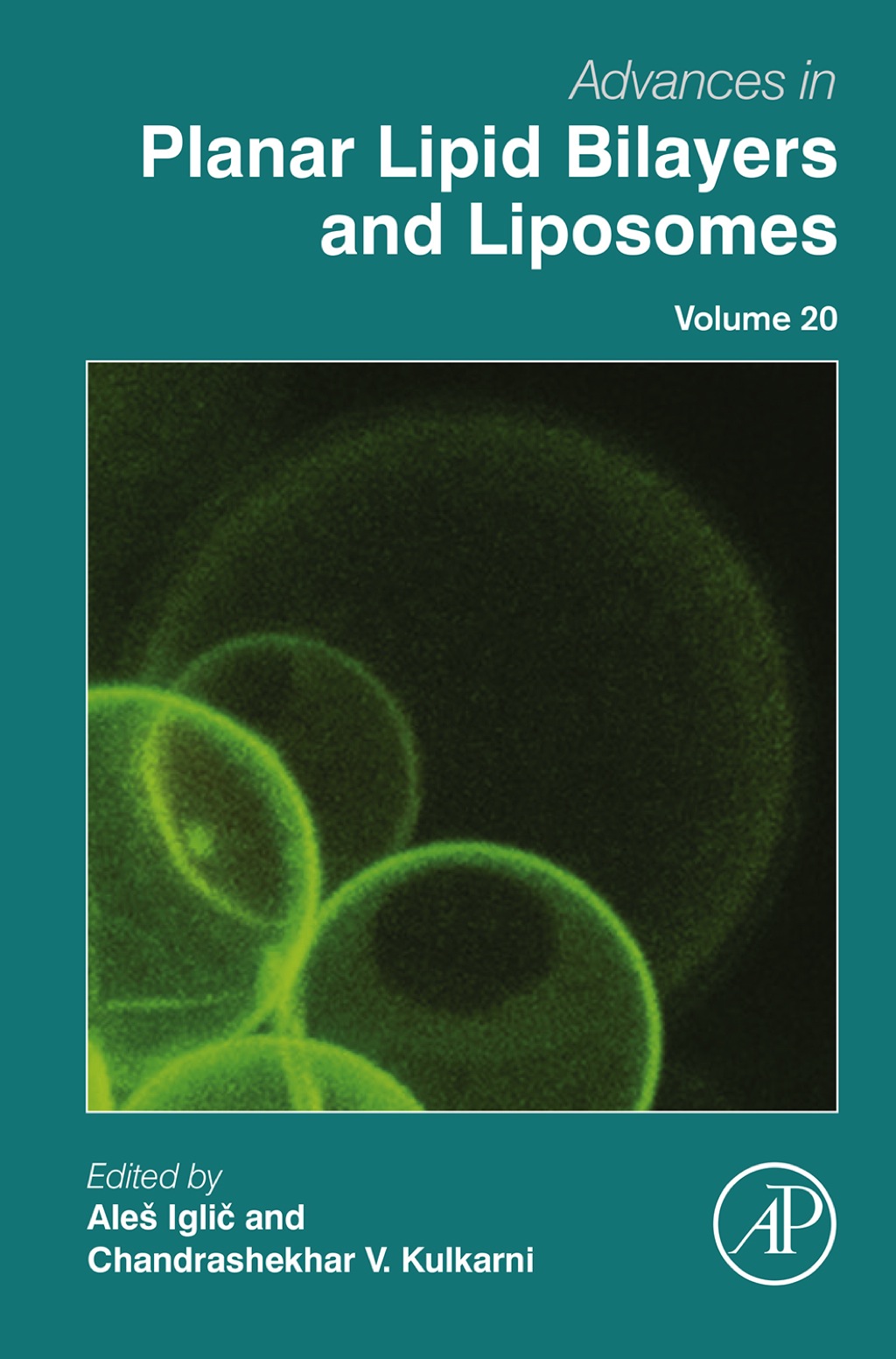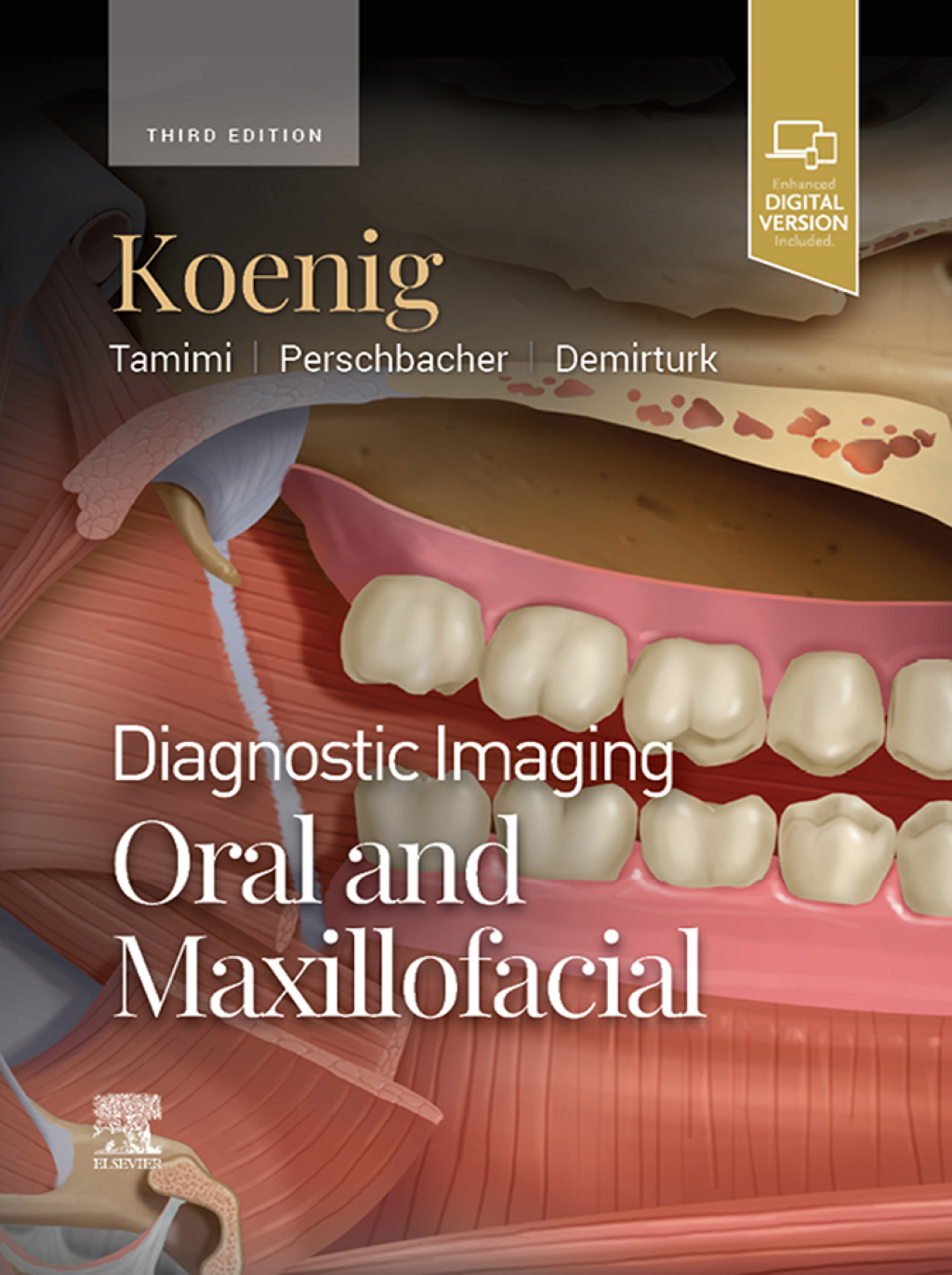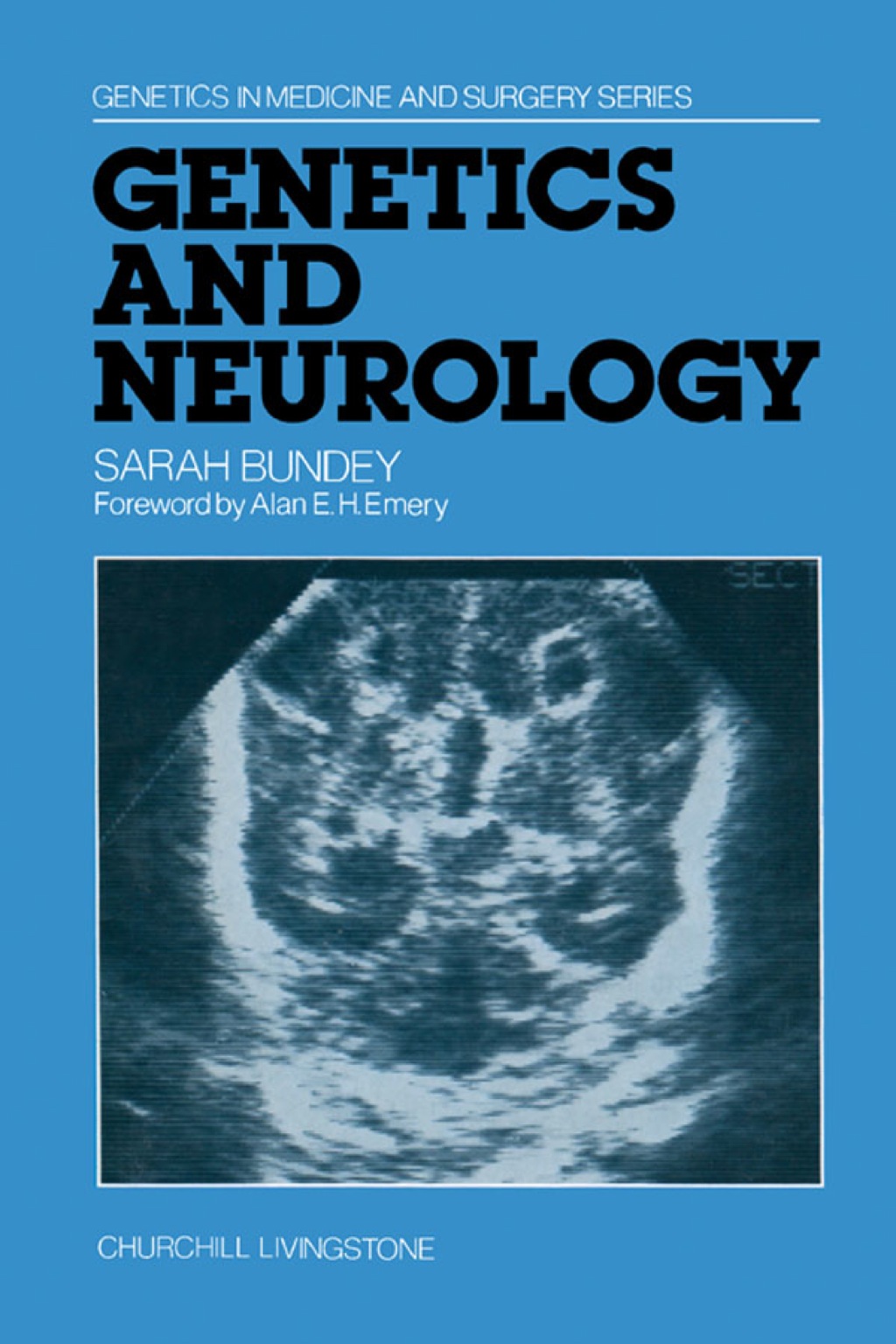Advances in Planar Lipid Bilayers and Liposomes
Author(s): Iglic, Ales
Publisher: Academic Press
ISBN: 9780124186989
Edition:
$39,99
Delivery: This can be downloaded Immediately after purchasing.
Version: Only PDF Version.
Compatible Devices: Can be read on any device (Kindle, NOOK, Android/IOS devices, Windows, MAC)
Quality: High Quality. No missing contents. Printable
Recommended Software: Check here
Important: No Access Code
Description
Although the origin and the basic meaning of the terms “planar lipid bilayers” and “liposome” have not changed during the years, the present advances in the scientific, technological, biomedical and consumer product fields are remarkable. Ever since its launch the “Adances in Planar Lipid Bilayers and Liposomes’ (APLBL) has provided a global platform for a community of researchers having very broad scientific interests in theoretical, experimental and simulation studies on lipid and cell membrane micro and nanostructures. Ranging from artificial lipid membranes to cell membranes, controlled release of functional molecules, drug delivery to cancer cells, pharmaceutical formulations to food products, the applications are simply enormous. An assortment of chapters in APLBL represents both an original research as well as comprehensives reviews written by world leading experts and young researchers.
Many ideas proposed in lipid nanoscience are frontier and futuristic, although some have immediate technological applications. The core scientific principles of lipid nanoscience and applications, however, are grounded in physics and chemistry. In last three decades the studies of polymorphism of lipid micro and nanostructures have gone through a major revolution concerning its understanding and evolution of new equilibrium and non-equilibrium structures of various length scales. Novel applications of the lipid micro and nanostructures are progressing rapidly among numerous disciplines. The APLBL book series gives a survey on recent theoretical as well as experimental results on lipid micro and nanonanostructures. In addition, the potential use of the basic knowledge in applications like clinically relevant diagnostic and therapeutic procedures, biotechnology, pharmaceutical engineering and food products is presented.










